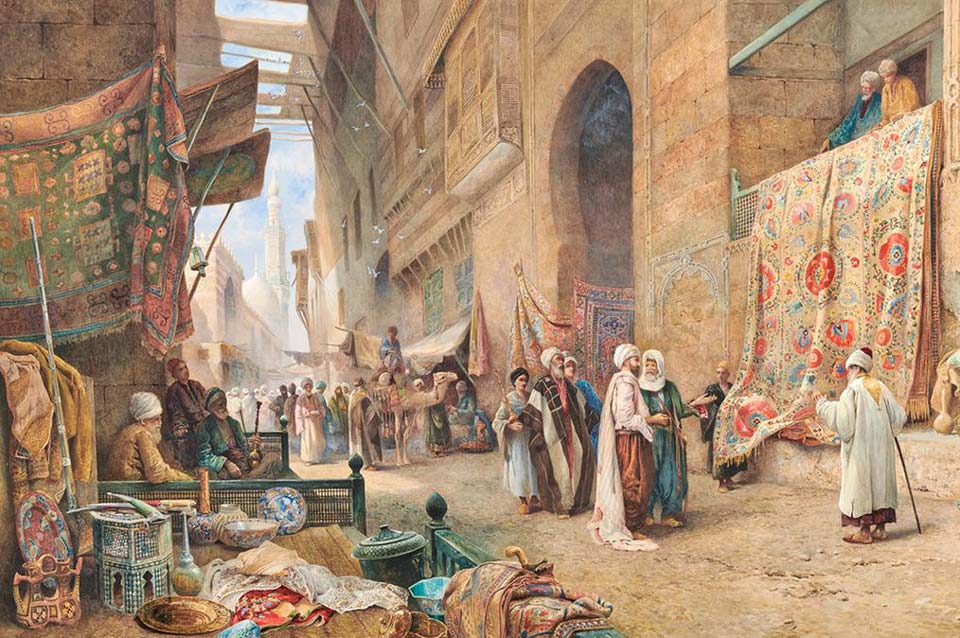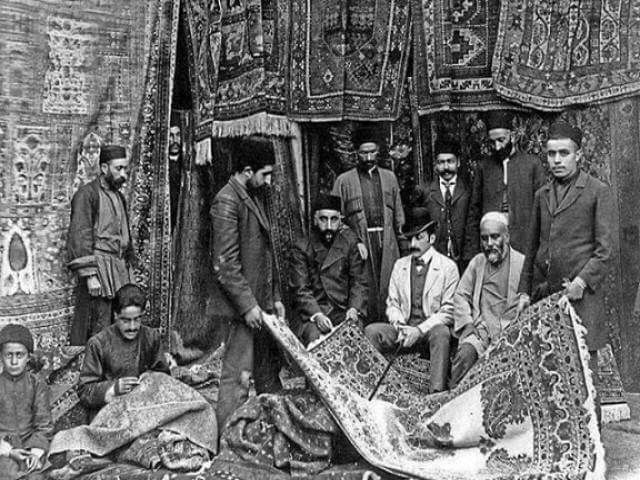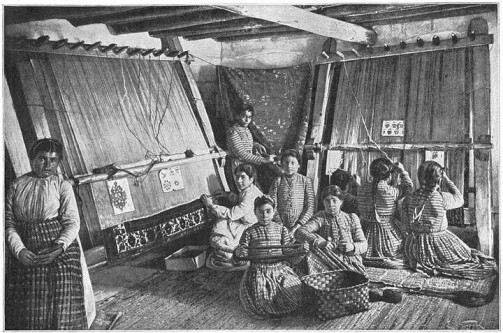From ancient times, human beings have always sought to satisfy their needs and wants. Over time, he has found a way to smooth over his problems. The need for food, clothing and life has been met over the years. One of these needs, which was met over time, was to sit on hard, cold, hard ground. Humans in Abanda used animal skins to solve their problems. The first human substructures were very primitive and felt like felt. But over time, that is likely to change.
History of Persian carpets before Islam
Archaeologists and experts believe that carpet weaving originated in Asia. The oldest carpet in the world is called Pazyryk carpet. This carpet is found in Siberia. The knot used in this old carpet is Turkish. According to the evidence, this carpet, the Pazyryk carpet, belongs to the Achaemenid period. The Pazyryk carpet is now in a museum in Russia.
It is very interesting that in the same area where the Pazyryk carpet was discovered, two other carpets were also found. The role of one of these discovered carpets has 4 squares, in each of these squares, two women with fireplaces and two maids behind them can be seen. These images are the same image engraved in the inscriptions of ancient Iran. In the other carpet found, there is also the role of two lions that have been hacked exactly on the configuration of Persepolis.
Evidence of the antiquity of the Iranian carpet can be referred to the invasion of Iran by Alexander the Great. In this attack, a very delicate and wide carpet was found in the tomb of Cyrus the Great. This conquest took place in 331 BC.
According to historians, after a very large fire in Persepolis by Alexander the Great, the treasures of the country, which were full of precious carpets, were destroyed. During the AD, pieces of carpet were found that go back to the Caucasus region, which was under the rule of Iran.
Not much information about carpets is available from the Parthian period. But the findings show that the Iranians became acquainted with silk by contacting the Chinese. This is why silk carpets were produced during this period.
It should also be mentioned that during the Sassanid dynasty, there was Baharestan carpet. This carpet had names such as Mahestan, Bahar Khosrow and Bahar Kasra. The Mahestan carpet has been destroyed and torn after the Arab invasion of Iran. This unique carpet is woven from gold, silver and silk threads.

History of Iranian carpets after Islam
History shows that after the advent of Islam, the art of weaving carpets and rugs did not flourish. However, the roles were different and the images of humans and other animals were not used. But because of the beauty of this applied and beautiful art, it became very popular among Muslim rulers. The sultans supported this art and made it popular.
In the 11th century, with the Seljuk word, carpet weaving was influenced by the Turkish style and their roles had an impact on the design of the Iranians.
Finds of piece carpets in areas such as Cairo that date back to the Abbasids or the Fatimid period and carpets found indicate the prevalence of this art. During the Ilkhanid and Timurid eras, carpet weaving flourished in Iran and was seen in the Mongol court.
The peak of carpet weaving art and its prosperity and glory is in the Safavid period. According to the history of Shah Ismail Safavid, by inviting designers from Herat and creating carpet weaving workshops, he helped to spread carpet weaving. The kings after him continued this process. This led to the creation of unique masterpieces.

Glory in the Safavid era
During the Safavid period, carpet weaving was no longer a rural profession and carpet weaving workshops were established in large cities of Iran. Carpet weaving became very popular in the cities of Isfahan, Kashan, Tabriz and Kerman. It was divided into thorny, vase, hunting ground, Herati flower, tree and shrub, garden and Polish designs. After the Safavid rule, with the arrival and invasion of Iran by the Afghans, this art faded and lost its prosperity. This prompted Europeans to compete with antique carpets. It is conceivable that the resources of antique carpets would be limited, and it would run out after a while. After that, American, British and German companies established extensive workshops in Tabriz and Kerman.
During the Pahlavi era, carpet weaving continued in the village and at home, but one of the Pahlavi measures was to establish a carpet company.
After the Islamic Revolution, carpet weaving flourished. Top designers draw the most beautiful patterns and carpet weavers present unique masterpieces. This has made our country one of the largest exporters of carpets. This product is exported to 32 countries around the world. And become increasingly important in non-oil exports.

The most important cities of carpet weaving in Iran
Among the oldest cities in Iran where carpet weaving has a long history, we can mention the following cities.
Azerbaijan region Cities: Tabriz, Ardabil, Maragheh
Isfahan region Cities: Nain, Joshqan
Khorasan region Cities: Mashhad, Birjand, Sabzevar, Bojnourd, Ferdows, Torbat, Ghaenat and …
Areas such as: Kerman, Hamedan, Kashan, Kermanshah, Arak, Malayer, Sistan and Baluchestan, Fars and …
Golden Mart business groupis a supplier of various Iranian and foreign products and is always at the service of our dear customers.




